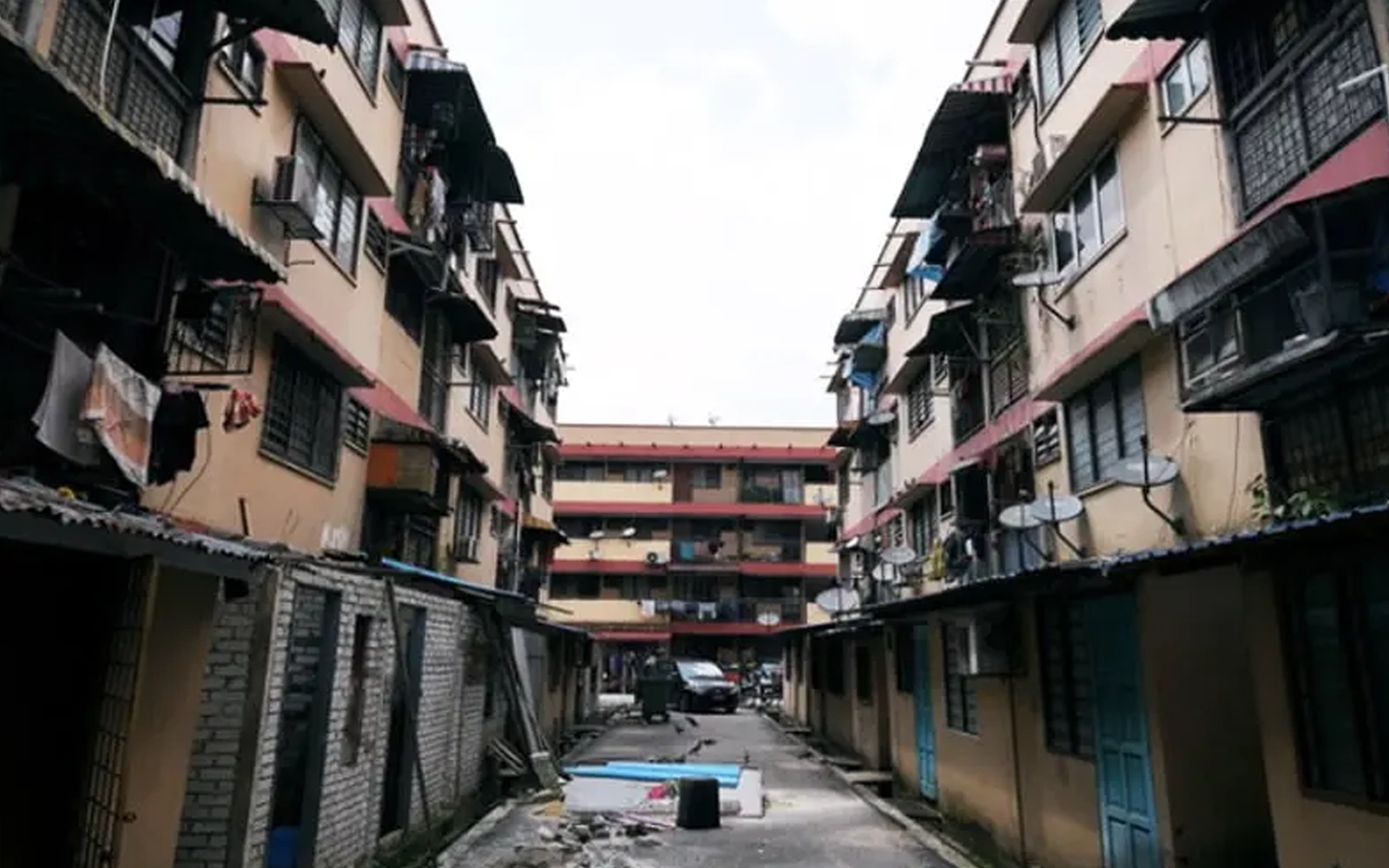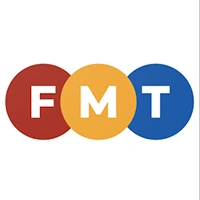
From Anand Krishnan
I am writing in response to YB Syerleena Abdul Rashid’s opinion piece titled Urban Renewal isn’t a threat – it’s the help our cities desperately need, published by FMT recently.
I found her opinions rather light and imprecise. They merely touched the surface of what cities have to deal with. It did not articulate the breadth and depth of factors that make up a city. I’ll explain.
We have structure plans that guide development in our cities; we have many existing laws like the Streets, Drainage and Building Act 1974, the Strata Titles Act 1985, the Town & Country Planning Act 1976, and the Uniform Building By Laws 1974, amongst others, that provide a framework for regulating development; and we have local authorities and other agencies to enforce these Acts. There are also other checks and balances to ensure all works well.
If this existing framework of acts, plans, and local authorities, has been so bad, how come our cities have developed into what they are now? Our cities — if she looks at them more — are lovely and well regarded by any standard.
Her opinion piece was essentially to support one act, the URA, but does she not realise that urban renewal is but just one mode in the entire matrix of development planning and economics? The way she writes suggests it is the only way forward for a city to grow.
It is not, there are many other modes available to urban designers and planners. The real question that she failed to ask is do we really need another act to complement all the other Acts we already have? In its current form, I don’t think so.
“Supporting the URA means choosing a Malaysia that works for everyone,” she writes. This is another example of her impreciseness. She doesn’t articulate her notion of “everyone”; it is highly questionable and glaringly vague. Just who is the “everyone” she talks about?
Clearly, the URA is not out to help everyone. When developers get hold of a large tract of urban land in an already urbanised city in Malaysia through the provisions of the URA, they are not going to build low-rise affordable multiracial housing, swathes of parks and lakes, community and institutional facilities or even aged-care facilities for “everyone”. It doesn’t make economic sense. It is just not going to happen.
In such land, procured cheaply through the provisions of the URA, the type of development that will get the best returns on investment, would be expensive high-rise offices, high-rise condominiums, high-rise commercial blocks, high-rise hotels and high-rise malls. These buildings would be for a select group of “someones”, not everyone. If we are honest with ourselves, we should accept this reality.
She talks about “reversing the decline” of cities. Again, she is imprecise. If she really wants to reverse the decline, she should start with the suburbs.
Build better buildings there. Make better development decisions now so that in 30 years we are not faced with demolishing our mistakes. She should push for developing existing vacant land for affordable housing in the suburbs, not in the downtowns of cities.
She should get developers to rehabilitate existing buildings in the city that are old, dilapidated and neglected. Give them a new lease of life through innovative, adaptive reuses. Repurpose abandoned buildings into vibrant community facilities. Build new high rises in empty land in-between these old buildings.
This is what urban renewal really means. It is not about displacing communities, bulldozing everything you see and building anew. It is about integrating the new with the old, Respect the old streets, old trees, and the old people. These old buildings will become the heritage buildings of the future.
We owe it to ourselves to make the right choices today.
Anand Krishnan is an architect, urban designer and more recently, a conservation advocate. He is also an FMT reader.
The views expressed are those of the writer and do not necessarily reflect those of FMT.






